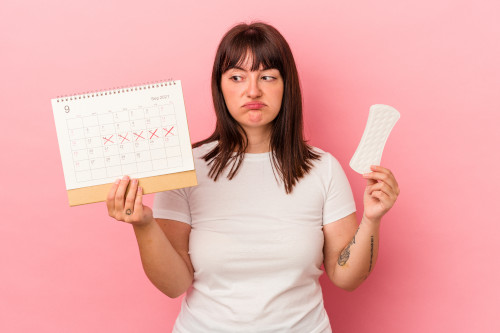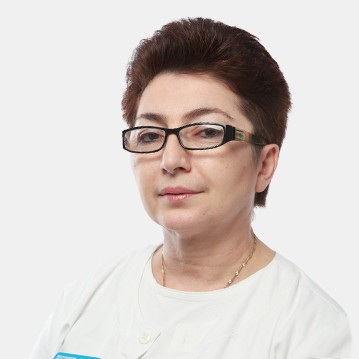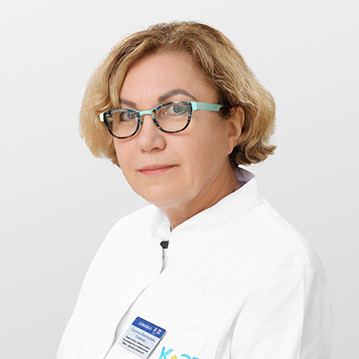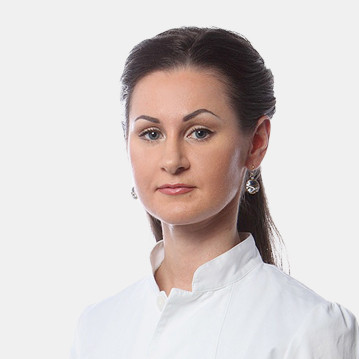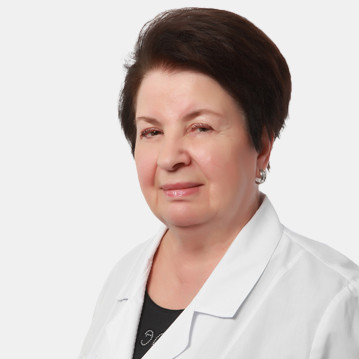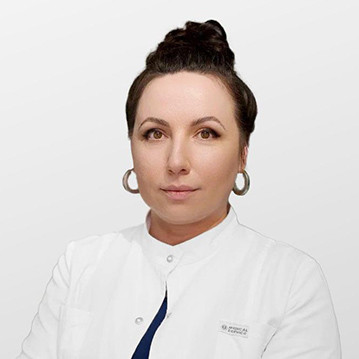Dysmenorrhea (painful periods)
Many women are used to enduring painful periods, believing that pain is an inevitable part of menstruation. However, it is important to understand that severe pain can be a sign of a pathology that requires attention. In this article, we will tell you what dysmenorrhea is, what causes it, and what treatment and prevention methods exist.

specialists

equipment

treatment
There are two types of dysmenorrhea (painful periods):
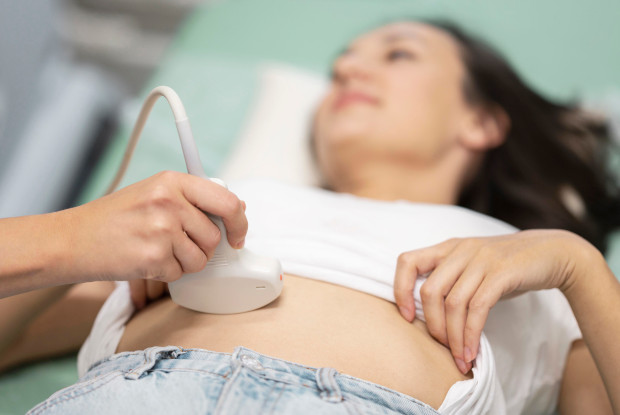
This type of painful menstruation occurs in girls and young women, most often in the first years after the onset of the cycle. It is not associated with diseases of the reproductive system. The pain is caused by active contraction of the uterine muscles, which help remove the endometrium. The main cause is considered to be an increased level of prostaglandins - substances that increase spasms and cause pain.
Symptoms of dysmenorrhea (painful menstruation) can be as follows:
- Cramps and pulling pain in the lower abdomen
- Pain that can radiate to the lower back or hips
- Sometimes the pain is accompanied by nausea, headache or weakness
Usually, the symptoms of algomenorrhea become less severe after the first birth or with age.
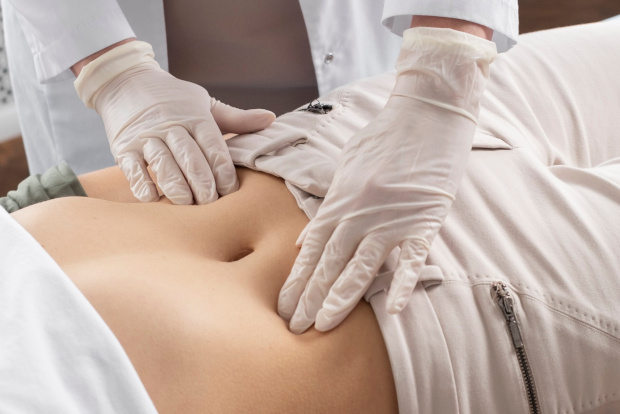
This type of dysmenorrhea is more common in women over 30 years of age and is associated with diseases of the pelvic organs. The causes may be: endometriosis, uterine fibroids, inflammation or adhesions.
Features of secondary dysmenorrhea:
- The pain is stronger and can last longer - until the end of menstruation
- Often accompanied by irregular cycles, heavy discharge or intermenstrual bleeding
- Requires treatment, since eliminating the underlying cause usually helps get rid of the pain
If painful menstruation prevents you from living a calm life, do not delay your visit to the doctor. The specialists of the K+31 clinic (Moscow) will help you understand the cause of the pain and select an effective treatment.
Symptoms of Dysmenorrhea
Dysmenorrhea (painful menstruation) manifests itself in different ways depending on its type and severity.
In addition, dysmenorrhea may be accompanied by irritability, fatigue, and mood swings.

Main symptoms:
- Pain in the lower back and hips. Sometimes the pain radiates to the lower back or legs
- Headache. More common with primary dysmenorrhea, especially if you have a tendency to migraines
- Nausea and vomiting. Common symptoms in young girls with primary dysmenorrhea
- Weakness and dizziness. Accompany severe pain or may be associated with circulatory problems
- Bowel disorders: Some women experience diarrhea or constipation during their menstrual period due to prostaglandins.
- Breast tenderness. Swelling and soreness of the breasts - this often accompanies abdominal pain
Treatment of dysmenorrhea
Treatment of dysmenorrhea (painful menstruation) depends on its type and severity of symptoms. The main goal is to relieve pain and normalize the menstrual cycle.
Painkillers
Painkillers are usually used in the early stages of treatment. Most often, non-steroidal anti-inflammatory drugs such as ibuprofen or diclofenac are prescribed. They help relieve inflammation and spasms in the uterus, thereby reducing pain. If NSAIDs are not suitable for some reason, other painkillers can be used that relieve discomfort without causing side effects.
Hormonal therapy
If dysmenorrhea is severe or accompanied by hormonal imbalances, hormonal medications may be used. Combined oral contraceptives regulate hormone levels in the body, which helps reduce pain and normalize the cycle. Progestins or intrauterine systems with hormones, such as the Mirena coil, may also be prescribed, which help reduce pain and reduce the amount of menstrual bleeding.
Physiotherapy
When drug treatment does not give the desired result, physiotherapy may be prescribed. Magnetic therapy improves blood circulation in the pelvic area and helps relieve inflammation, reducing pain. Electrophoresis with painkillers is also effective in relieving pain and relaxing the muscles of the uterus.
Physiotherapy
In addition to medication and physical therapy, exercise can be helpful. Moderate exercise, such as stretching or yoga, can help relax the pelvic floor muscles and improve circulation. This can help relieve cramping and pain, making your period easier.
Psychological support
Sometimes dysmenorrhea (painful menstruation) is accompanied by psycho-emotional disorders, such as stress or anxiety. In such cases, it is important not only to treat the physical side of the disease, but also to maintain psychological health. Working with a psychologist or psychotherapist will help reduce stress levels and reduce the intensity of pain. Stress can increase pain, so reducing it becomes an important part of treatment.
Complications and prognosis in dysmenorrhea
If left untreated, dysmenorrhea can become a constant pain that can worsen your quality of life. Chronic pelvic pain is one of the most unpleasant consequences. Without proper attention and treatment, the pain will increase with each cycle.
In some cases, dysmenorrhea (painful periods) can be a sign of more serious problems, such as endometriosis, uterine fibroids, or inflammation in the pelvic organs. If these conditions are not treated in time, they can lead to additional complications, such as problems with conception or chronic inflammation that makes pregnancy difficult.
The prognosis is positive in most cases if treatment is started in time. Modern methods help control symptoms and prevent complications. It is important to choose a treatment based on the cause of the pain.
If dysmenorrhea is associated with menstrual cramps, treatment usually helps quickly. But if the cause is hormonal imbalances or diseases such as endometriosis or fibroids, a comprehensive approach (medication, surgery) will be needed.
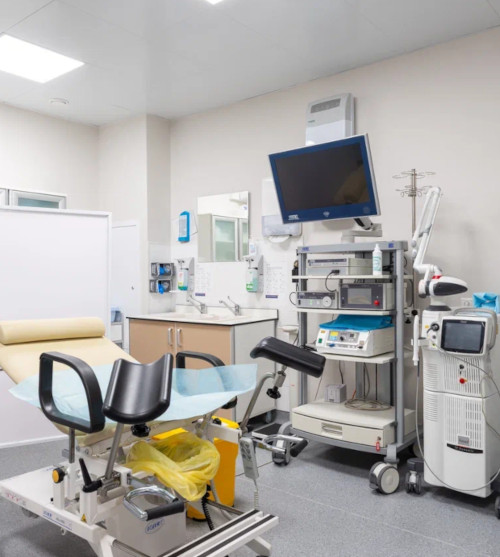
Answers to popular questions
We've compiled answers to the most frequently asked questions about dysmenorrhea to help you better understand the condition and how to manage it.
Can dysmenorrhea be prevented with diet?
Yes, eating right can actually help reduce the symptoms of dysmenorrhea. Including foods with magnesium, omega-3 fatty acids, and vitamins in your diet can help reduce inflammation and improve hormonal balance, which can reduce pain.
What treatments are best for teenagers?
For teenagers whose dysmenorrhea is related to hormonal changes, it is worth starting with non-drug methods. This can include warmth, proper nutrition, and moderate exercise. If the pain is severe, you can take over-the-counter painkillers.
Can hormonal contraceptives help with dysmenorrhea?
Yes, hormonal contraceptives can help a lot with dysmenorrhea. They regulate hormone levels, reduce the intensity of menstruation and relieve pain, especially if your periods are painful due to hormonal fluctuations.
When should you see a doctor for dysmenorrhea?
If the pain does not go away with regular painkillers, gets worse with each cycle, or additional symptoms appear (unusual discharge, heavy bleeding), be sure to consult a doctor.
Is it possible to play sports with dysmenorrhea?
Moderate exercise can help ease the symptoms of dysmenorrhea (painful periods) by improving circulation and relaxing muscles. However, if the pain is severe, it is best to reduce physical activity to avoid making the condition worse.

This award is given to clinics with the highest ratings according to user ratings, a large number of requests from this site, and in the absence of critical violations.

This award is given to clinics with the highest ratings according to user ratings. It means that the place is known, loved, and definitely worth visiting.

The ProDoctors portal collected 500 thousand reviews, compiled a rating of doctors based on them and awarded the best. We are proud that our doctors are among those awarded.
Make an appointment at a convenient time on the nearest date
Price
Other services
Hormone therapy
Radio wave gynecology with the Surgitron deviceLaser therapy using the Photona device
Sling operations Ectopic pregnancy Delayed menstruation Removal of the uterus (hysterectomy) Thrush (vaginal candidiasis) Prolapse of the uterus and vagina Uterine polyp (endometrial polyp) Cervical dysplasia Adenomyosis Treatment of sexual infections Vaginitis (Colpitis) Erythroplakia of the cervix Endometritis Bacterial vaginosis Symphysitis (symphysiopathy) Erosion and ectopia of the cervix Vulvovaginitis Premenopause Uterine artery embolization for uterine fibroids Cervicitis Gynecologist consultation Amenorrhea Removal of the ovaries (oophorectomy) Postmenopausal Sphinctermetry Treatment and intimate rejuvenation with the Fotona laser Adenomyosis (Endometriosis of the uterus) Vulvitis Vaginal surgeries Inflammation of the appendages (adnexitis, salpingo-oophoritis) Labiaplasty (labiaplasty) Bartholinitis Surgery to remove an ovarian cyst Prolapse (prolapse) of the uterus and vagina Hormone replacement therapy (HRT) First menstruation 7 days after embryo transfer Biochemical pregnancy IVF protein diet Day 5 after embryo transfer Follicles Bicornuate uterus and pregnancy Day 9 after embryo transfer 1 day after embryo transfer Age and Fertility 10 days after embryo transfer

